Uppsala is a charming city and the former capital of Sweden. Located in the south-eastern part of the country near Stockholm. Uppsala is the seat of a university famous throughout Europe, and the hometown of Ingmar Bergman and the Uppsala genius Carl Linnaeus. There are many historic buildings in the city, including a fascinating cathedral and a castle. Another attraction are numerous parks that are the green lungs of the city. For this reason, many Swedes working in Stockholm choose Uppsala as their place of residence. Thanks to good communication between these two cities, the journey to work takes only 35 minutes by train. It is a city popular among students from all over the world and has a good location.


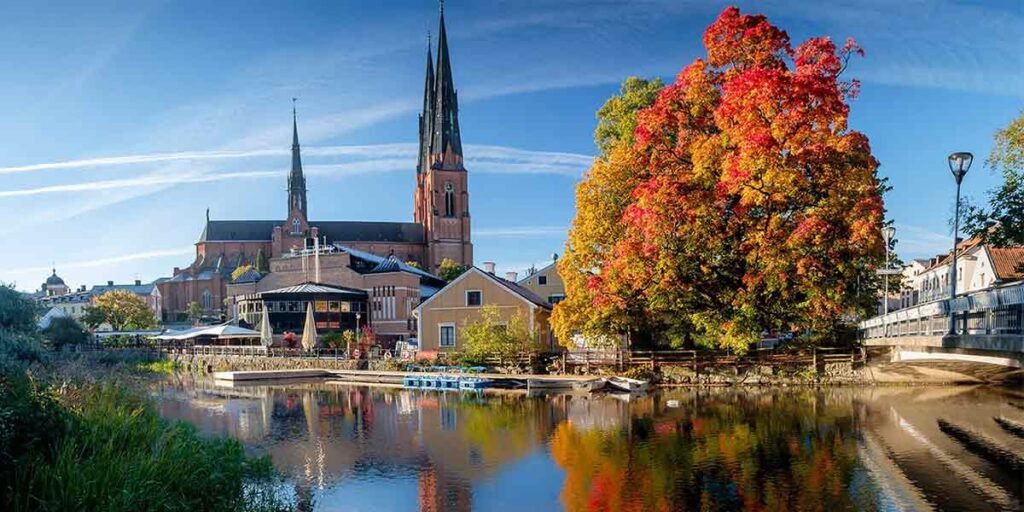
Sightseeing
Uppsala Cathedral
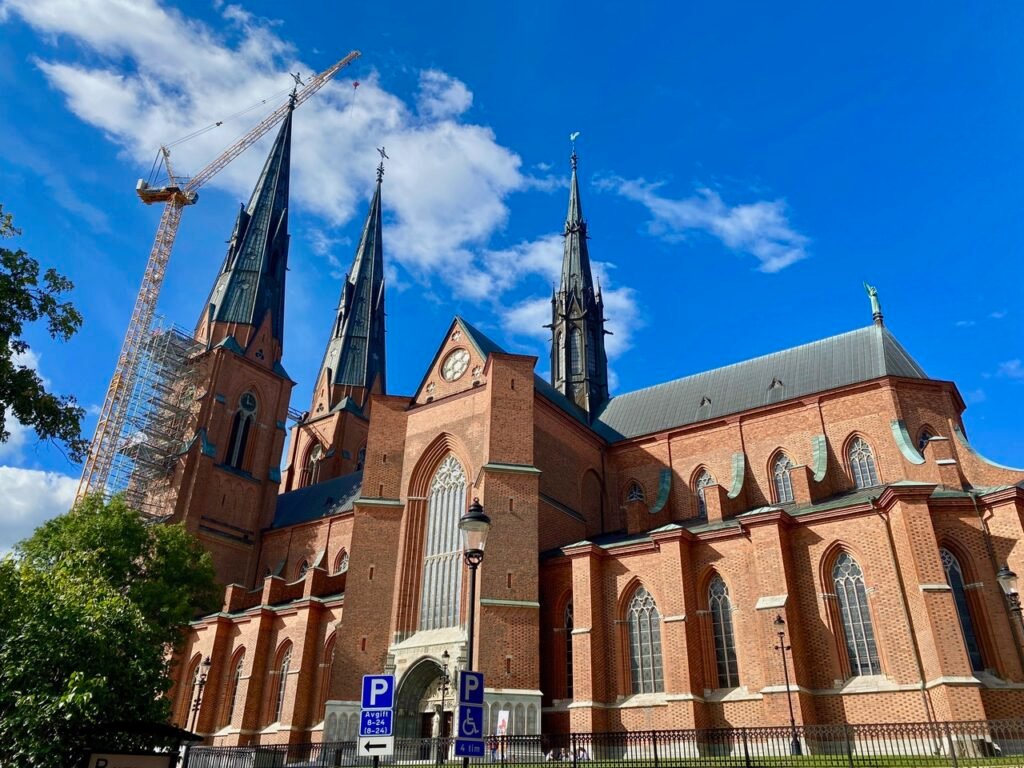
The pride of the city, the Protestant cathedral in Uppsala, is the largest religious building in Scandinavia. The beautiful church was built in the Gothic style, but was rebuilt several times. The coronation of many kings took place here. Currently, the cathedral is the resting place of Swedish rulers. Katarzyna Jagiellonka, wife of Jan III Vasa, was also buried here. Above the tombstone of the Swedish queen you can see the coat of arms of the Polish-Lithuanian Commonwealth.
The cathedral houses the relics of the king and, at the same time, the patron saint of the country, Saint Eric IX. On the cathedral floor, next to the reliquary of St. Erika, you can see a stone slab commemorating the visit of John Paul II to Sweden in 1989. It is also possible to enter the cathedral treasury, which houses a huge collection of medieval fabrics, as well as Queen Margaret’s golden chalice.
Uppsala University
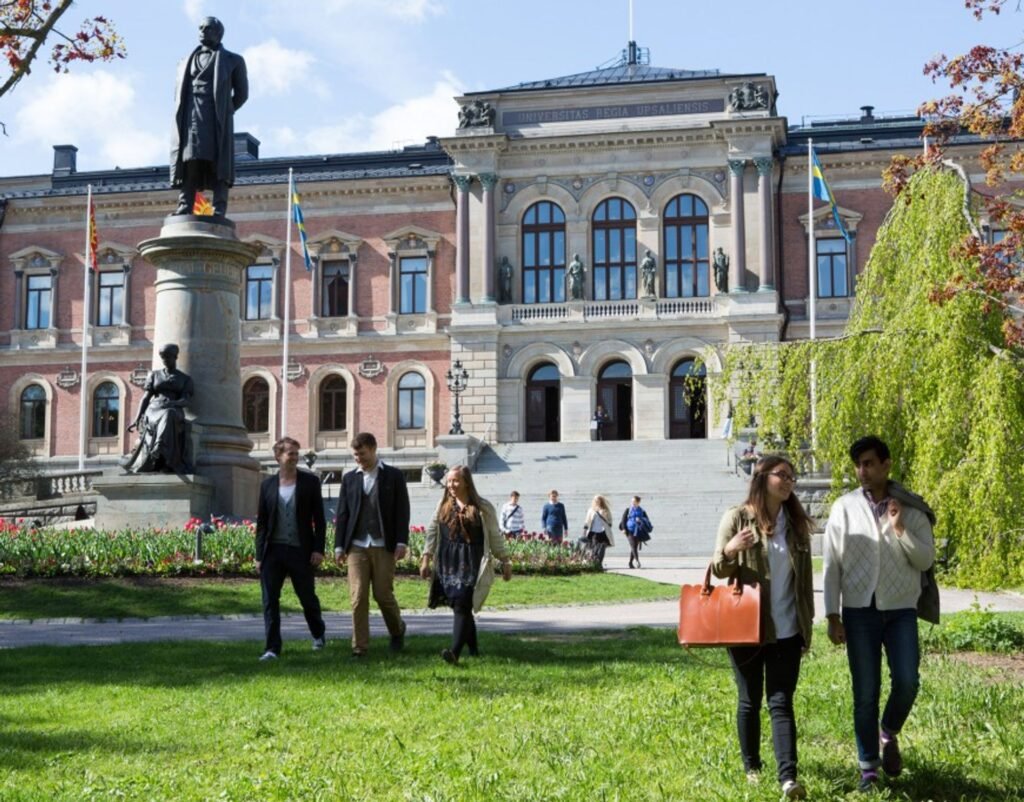
Ranked among the best research universities in the world, Uppsala comprises nine faculties and over 45,000 students, 12% of which are international. It boasts strong strategic links with other global universities and runs exchange programmes with approximately 500 universities worldwide.
Most undergraduate degrees at the university are taught in Swedish, although a few courses, mainly at postgraduate level, are taught in English.Uppsala is a multi-campus university with sites that include the Biomedical Centre, one of Europe’s largest for life sciences. Founded in 1477, the historic Uppsala University was the first to be founded within both Sweden and the whole of Scandinavia.
Sista April – a student holiday that traditionally begins with a ceremonial speech by a representative of the university authorities, the party lasts until dawn in historic 16th century palaces, where mugs full of beer await participants.

Uppsala Castle
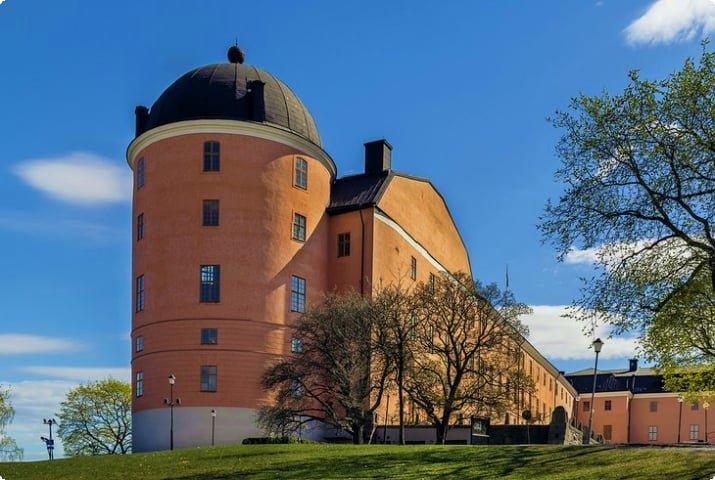
Uppsala Castle is the official residence of the county governor and boasts a rich history. It was here that many events that shaped Sweden took place. In 1567, the deranged and paranoid King Eric XIV ordered the execution of a group of nobles in what became known as the Sture Murders.
In 1654, the shocking abdication of Queen Christina, played by Greta Garbo in the Hollywood film of the same name (although anglicized in honor of Queen Christina), was announced in Rikshallen (State Hall). Inside are the impressive art exhibitions of the Uppsala Art Museum, and from the ramparts you can enjoy breathtaking views of Uppsala and the surrounding area. And when we go outside, walking paths lead us to the Botanical Gardens.
Gamla Uppsala
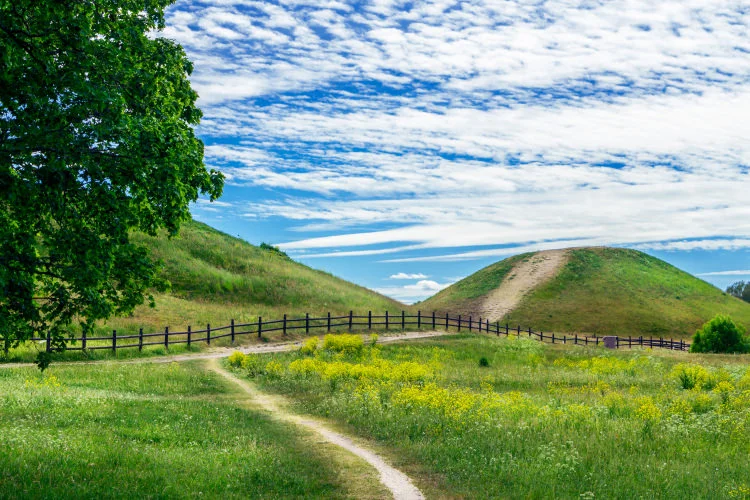

Four kilometers from Uppsala lies Gamla Uppsala, where the land of the Vikings awaits. There are over 300 burial mounds scattered across the landscape, the final resting place of Viking kings, queens and ancient heroes. When Christianity took hold in the 12th century, Gamla Uppsala finally boasted a cathedral on the site where the ancient church (Gamla Uppsala Kyrka) now stands. There are many legends to be found here, and the Gamla Uppsala Museum (Riksantikvarieämbetet Gamla) is a must before exploring the history here.

The Linnaeus Museum
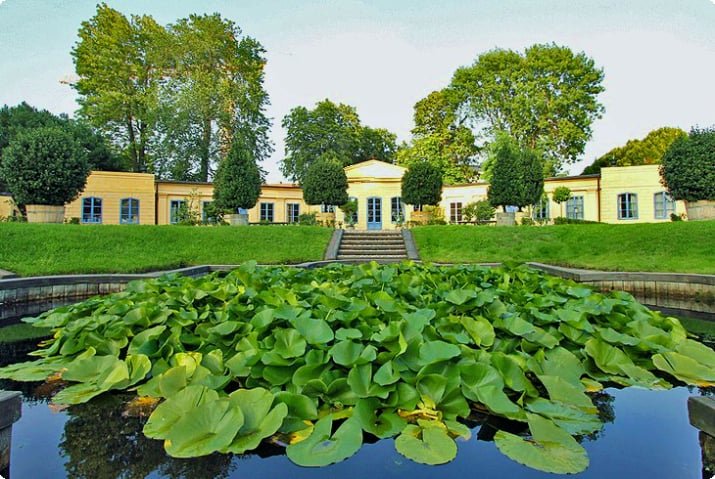
Linnaeus’ Garden in Uppsala is not only a green oasis of peace, but above all a place of great scientific and historical importance. It is the oldest botanical garden in Sweden, founded in 1655, and its name comes from the famous Swedish scientist Carl Linnaeus, who contributed to the development of plant and animal systematics. This charming botanical garden and museum is a delightful combination of science, history and nature. The garden is divided into different sections where flora from different climatic zones is presented. In addition, there are also plants that Linnaeus personally classified in his works.
Stadsträdgården
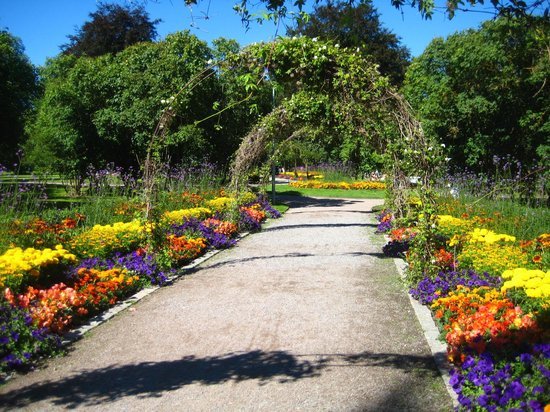
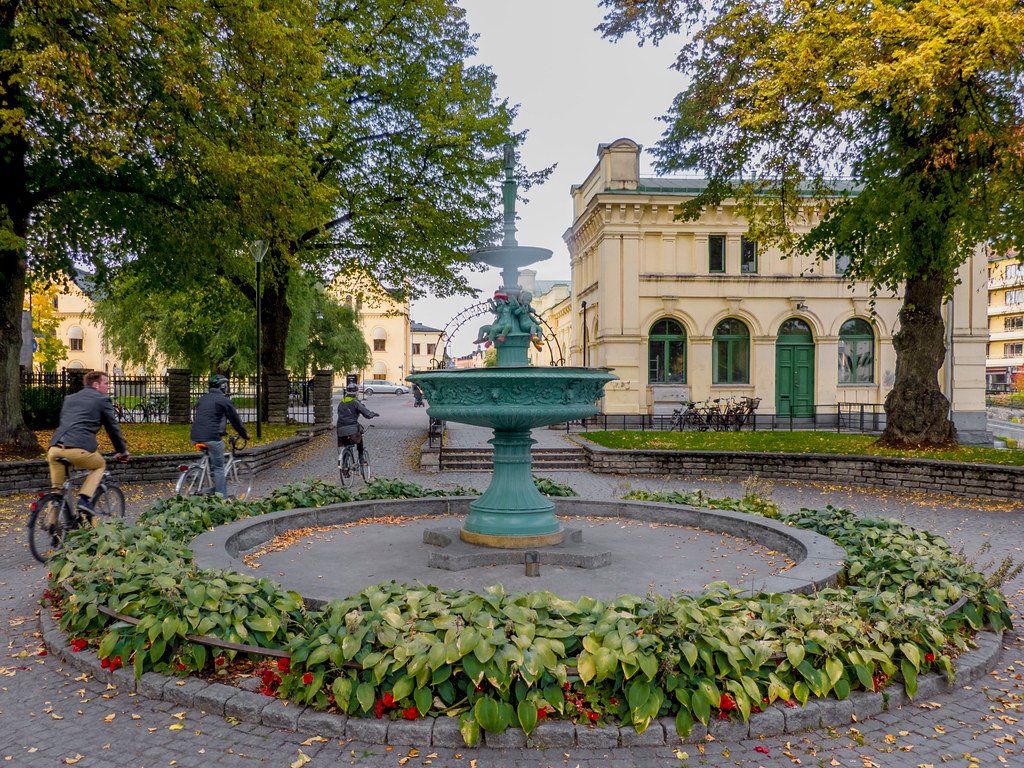
The park, which is open all year round, has many exciting places and attractions. In spring and summer, the park blooms with floral splendor, when greenery blooms in the parade plantings.
In the middle of a small, perennially fenced lily pond is the Island of Happiness with inviting seating areas. Not far from here, in the central part of the park, there is a large playground with lots of fun equipment to play with and things to discover and do for those of you who have your family with you.
